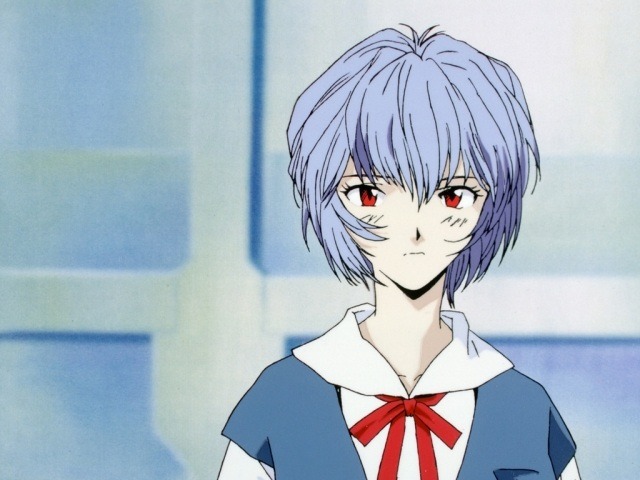
Moe design has been on the march since the 1990s with Rei Ayanami in Neon Genesis Evangelion, but it took off with the popularity of shows like K-on. Moe has become something of a revolution in anime namely because of its ability to sell merchandise. The strong feelings of fondness and connection with a character’s design increases the chances of people wanting to buy figurines and other products that feature that character.
Interestingly, many anime fans create a sort of identity around a character–waifu wars is the phrase used for arguments about what character is more moe. Honestly, waifu wars are goofy because moe is so subjective, but animation studios rather like the publicity and identification. It increases their profitability. It’s akin to sports fans identifying with their team and buying the team’s swag.
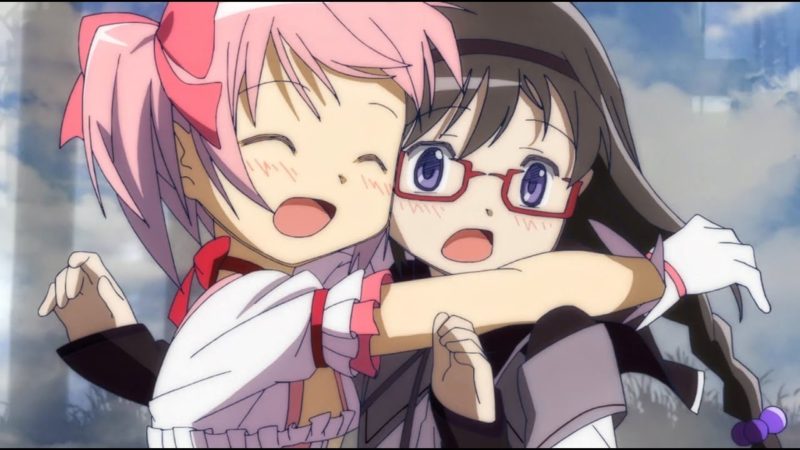
The moe revolution has lead to an explosion of stories involving cute girls doing cute things. While there’s nothing wrong with this–in fact, it could be considered a positive trend as I will discuss–it has made anime even more homogenized. Anime has long had a problem with copying itself. For all anime’s strangeness to Western eyes, the medium remains conservative. Even panty fan service is conservative in that it holds to a long tradition.
Moe’s revolution isn’t something edgy or risky. Rather, it built slowly on elements that worked without sudden deviations. Despite being a deconstruction of mecha and anime, Neon Genesis Evangelion leaned on already established designs. It didn’t break much in the way of new ground when you compare its designs to the Gundam series. The fact that every anime has moe design elements attests to how conservative the medium is. Ranma 1/2, back in 1989, had many elements we consider moe now. You don’t see much in the way of new, bold animation designs in most anime seasons. Of course, there’s always exceptions.

The sameness of moe designs hurts and helps anime as a medium. It hurts because of its sameness. Moe designs feature only minor variations. In many series, you can line up the faces of the female characters and only the hair changes. Often the characters feature similar personalities. Moe’s cuteness has unified the old anime tropes of tsundere and the like by taking the edges off. The old stereotypes were tired to begin with, but now moe cuteness runs through all of them.
Anime’s conservatism leads to similar character designs and stories. Today, isekai and “cute girl doing cute things” dominates. Isekai transports a character (usually male) to another world. Isekai features moe females too. That’s that thing about moe–it focuses on the male gaze. In the end, both story trends retread the same designs and stories with only some variation.

Now the moe shift has positive elements. The “cute girls doing cute things” contains stories referred to as iyashikei. These healing stories feature gentle, feel good stories that stand out against anime’s action-focus. Anime like Laid Back Camp contrast against the hard-edged shows on American television. Someone dies or kills in most prime-time dramas nowadays. These quiet stories provide a space to relax and enjoy stories of discovery or simple joy.
Iyashikei uses moe designs to enhance its messages and healing effects. Moe designs are well suited for quiet stories of discovery or personal growth. Many may find this subgenre dull, but the point of the stories is the sooth minds overstimulated by society and media. This subgenre has potential to explore ideas and themes rarely touched upon. It would do well to extend to male characters and not just cute anime girls.
Moe has left its mark on anime by defining the course of anime’s character designs. While character designs will eventually leave moe behind, the impact will be felt in any future design changes. I’ve ran into young anime fans who don’t know much about anime before moe designs took over. For them, the rounded features and larger eyes are anime. They’ve had little exposure to the more naturalistic designs of the 1980s, 1990s, and even early 2000s.

At the same time, I’ve spoken with people who find moe designs off-putting. They told me the large eyes, tiny mouths, and other moe features strike them as creepy instead of cute. Naturalism makes anime more accessible to those new to the genre. However, studies have shown moe-influenced anime design benefits those on the autism spectrum. The sameness of designs allows people to easier interpret the emotions of the characters.
Anime’s shift to moe also comes from a shift toward younger characters. Moe designs look quite young compared to naturalistic designs. Because of this, you often see naturalism among adults in a series, particularly among male characters.
For those who feel tired of moe designs, take heart. It won’t be around forever. A new design trend will eventually appear, slowly building off of today’s moe. When that happens we will look upon moe as we do the styles from the 1980s and 1990s–with affection, dislike, or something between. It will take some time, however. Anime’s conservative nature will step in. Whatever the new design will be, it will be copied until we grow tired of it.
So when will the industry move away from moe? When it stops being as profitable. When moe merchandise stops selling in profitable quantities, the studios will look toward some new variation of the designs and stories. It’s possible anime will turn back to its more naturalistic heritage, but I’m not able to predict what the next trend will be. I hope to see more healing anime stories do well. It’s a nice change from shonen action stories. There’s many types of stories and new character design trends awaiting anime’s future. Kill la Kill offers a good example. In the end, studios will follow the trends that make the most profit, so it’s up to us to support the stories and designs we enjoy. We shape the direction of the industry by our purchasing habits.
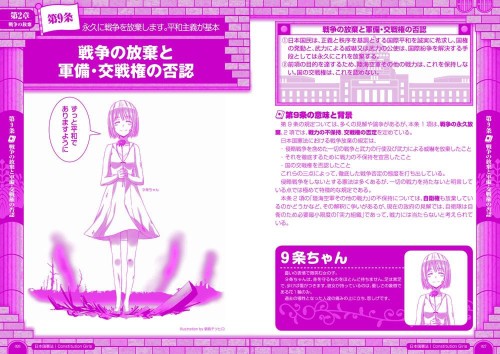
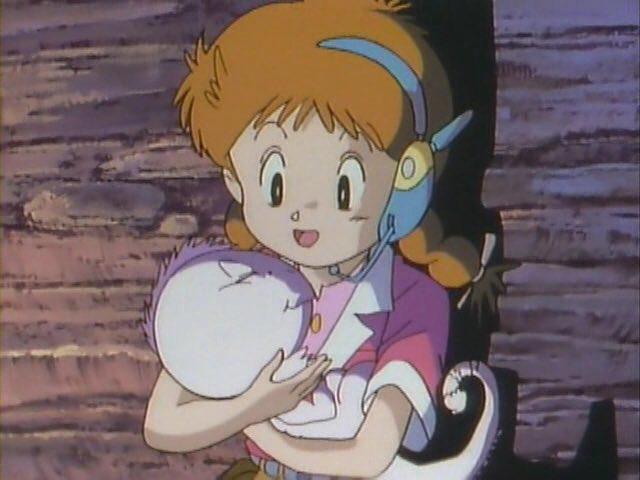
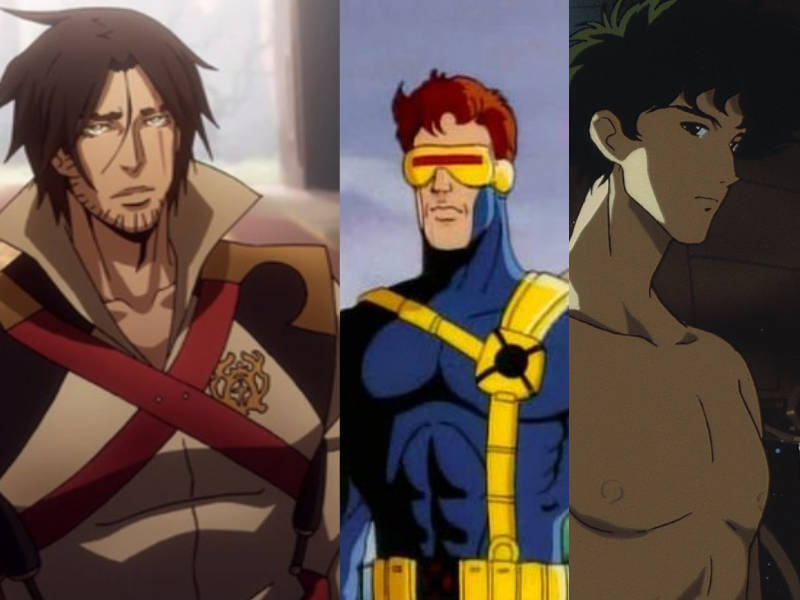
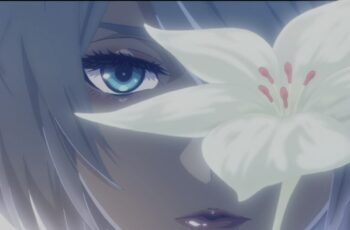
I don’t think that moe will go away anytime soon since it’s hugely popular in Japan, and is a huge cash cow for a lot of these companies. I think the reason why some people can’t get behind moe anime or the iyashikei anime is that there isn’t much action to keep their attention. “This show is so boring it’s putting me to sleep!” They would decry. Most American shows have some short of action or suspense in it and a show about cute girls camping doesn’t seem interesting to some people unless it’s one of those survivalist shows. Whatever kind of anime the Japanese like the studios are going to make and Western anime fans will have to deal with it. Now there’s being anime genres before that faded away to later experience a comeback like isekai, but then you have genres like mecha, sports, and shoujo that doesn’t have the appeal to a lot of people.
You make a great point about the difference in tastes. While the Japanese market does dictate most of anime, I wouldn’t discount the profits from over-seas anime markets. They also influence decisions made by the studios. I’m waiting for the space opera genre (with mechs, of course) to return! We need some good science fiction.